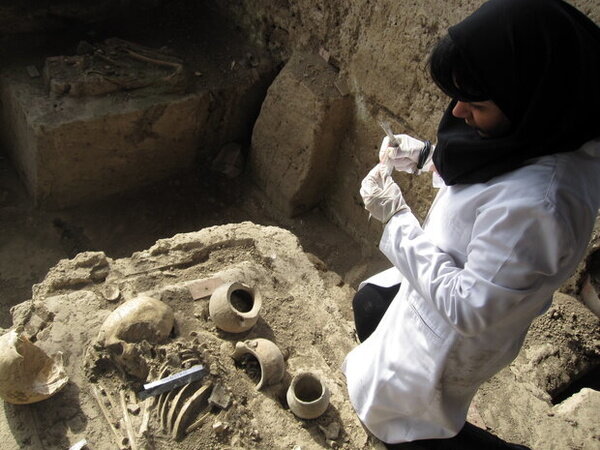Intl. conference to discuss Sassanid arts from 21st-century perspective

TEHRAN – The UNESCO-tagged Sassanid Archaeological Landscape of Fars Region will host an international conference to discuss Sassanid arts from a 21st-century perspective.
The conference will feature presentations by twelve experts in the fields of archeology, art, and architecture of the Sassanid era (224–651) and discussions of new methods to be used in the study of cultural heritage, ILNA quoted the director of the World Heritage as saying on Sunday.
Through the application of technology to cultural heritage, researchers have clarified results and have developed a new understanding of water systems management, city construction, and Sassanid-period building projects in the Sassanid Archaeological Landscape of Fars Region, Alireza Asgari Chaverdi said.
The international conference is scheduled for May 19, the official stated.
The Sassanid era is of very high importance in the history of Iran. Under Sassanids, Persian art and architecture experienced a general renaissance.
Architecture often took grandiose proportions such as palaces at Ctesiphon, Firuzabad, and Sarvestan which are amongst the highlights of the ensemble.
Crafts such as metalwork and gem-engraving grew highly sophisticated, yet scholarship was encouraged by the state. In those years, works from both the East and West were translated into Pahlavi, the language of the Sassanians.
Rock-carved sculptures and bas-reliefs on abrupt limestone cliffs are widely deemed as characteristics and striking relics of the Sassanian art, top examples of which can be traced at Bishapur, Naqsh-e Rostam, and Naqsh-e Rajab in southern Iran.
In 2018, UNESCO added an ensemble of Sassanian historical cities in southern Iran -- titled “Sassanid Archaeological Landscape of Fars Region”-- to its World Heritage list.
The ensemble is comprised of eight archaeological sites situated in three geographical parts of Firuzabad, Bishapur, and Sarvestan. It reflects the optimized utilization of natural topography and bears witness to the influence of Achaemenid and Parthian cultural traditions and of Roman art, which later had a significant impact on the architecture and artistic styles of the Islamic era.
ABU/AFM
